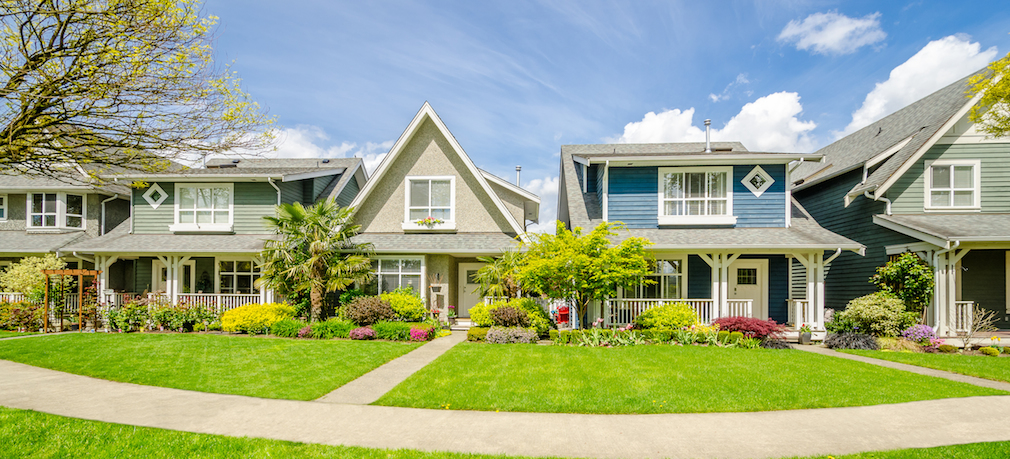Several housing market analysts have expressed concern that a lack of affordability has shut first-time homebuyers out of the market.
But the trouble is, there hasn’t been a great measure of how many first-time buyers are actually purchasing homes. Until now.
A recent paper by the Federal Reserve Bank of New York reviewed current measures of first-time buyers to highlight their flaws, then used data from the Fed’s own Consumer Credit Panel, which culls Equifax data from a random sample of U.S. households, to create a more accurate picture.
The results reveal just how many first-time buyers are actually purchasing homes and how this number has changed over time, and the results may surprise you.
The number of first-time homebuyers has remained relatively stable over the years, the researchers discovered, despite the housing market’s ups and downs.
The share of first-timers in the market was about 44% in 2001, falling only slightly to 40% in 2005 as house prices increased.
Then, during the housing crisis, the first-time buyer share increased, exceeding 50% in 2010 as house prices declined. This rate trended downward over the next few years, retreating back to the mid-40% range.
Since 2013, the share began to climb, reaching 46% in 2016.
The researchers point out that NAR’s data indicates a much lower percentage than what is revealed in their analysis, showing that first-timers comprised just 36% of the market in 2016 compared with their 46%.
“The recent NAR data could convey a concern about credit availability for first-time buyers as evidenced by their apparent declining share,” they wrote, noting that their research does not support this conclusion.
“We find that despite ups and downs resulting from the housing boom and bust, the first-time buyer share in 2016 is similar to its level in the early 2000s,” they wrote.
The takeaway? First-time buyers are all right.
Despite affordability concerns, this important segment of the market continues to participate in home sales to a consistent degree, suggesting a healthy level of access to homeownership.






